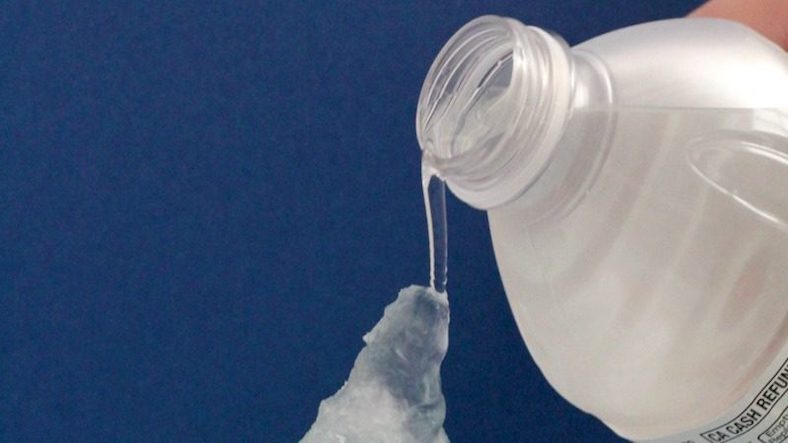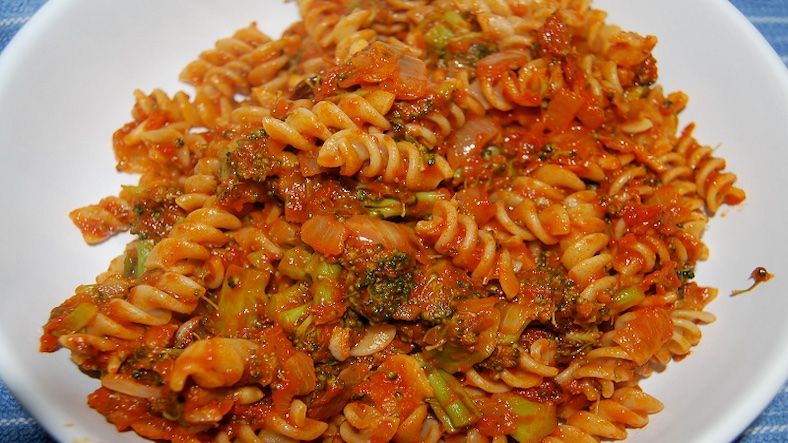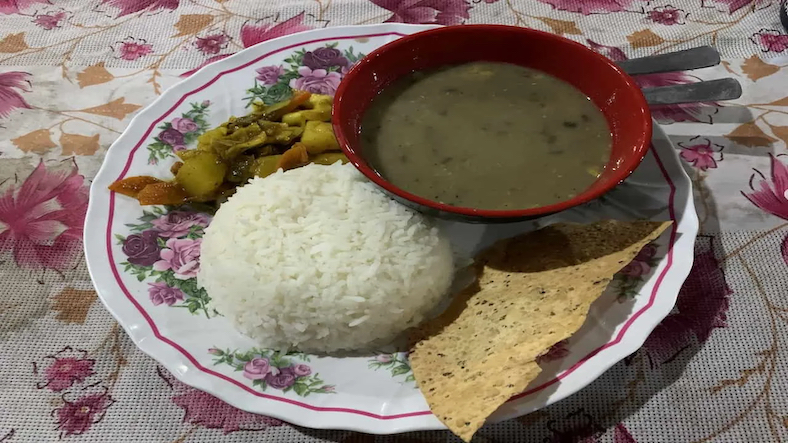To create a fascinating instant hot ice reaction and explore the concept of exothermic reactions.
Materials:
- Sodium acetate trihydrate (available online or in some specialty stores)
- Heat-resistant container or beaker
- Spoon or stirring rod
- Hot plate or stove
- Optional: Food coloring for visual effect
- Optional: Safety goggles and gloves (recommended when handling chemicals)
Procedure:
- Begin by discussing the concept of exothermic reactions with the children. Explain that exothermic reactions release heat, often resulting in a noticeable increase in temperature.
- Gather the materials required for the instant hot ice experiment.
- Put on safety goggles and gloves if desired, as a precaution when handling chemicals.
- In a heat-resistant container or beaker, add sodium acetate trihydrate. The amount can vary, but start with approximately 4 tablespoons (or follow the instructions provided with the chemical).
- Optional: Add a few drops of food coloring to the sodium acetate trihydrate solution for a visual effect.
- Carefully heat the container or beaker on a hot plate or stove until the sodium acetate trihydrate dissolves completely. Stir the solution gently with a spoon or stirring rod.
- Once the solution is fully dissolved, remove it from the heat source and allow it to cool down.
- As the solution cools, it will become supersaturated, meaning it holds more dissolved solute than it normally would at that temperature.
- Initiate the crystallization process by tapping the side of the container with a spoon or stirring rod. Watch as the solution instantly solidifies into a mass of hot ice-like crystals.
- Observe and feel the temperature of the solidified mass. Note the significant heat release (exothermic reaction) as it transforms from a liquid to a solid.
- Discuss the observations and explain that the reaction is exothermic, releasing heat energy as the sodium acetate trihydrate returns to its solid state.
- Reflect on the experiment and discuss other examples of exothermic reactions, such as combustion or hand warmers.
Safety Considerations:
- Use safety goggles and gloves when handling chemicals if desired, following the instructions provided with the sodium acetate trihydrate.
- Exercise caution when using heat sources and handling hot materials.
This experiment allows children to witness an impressive exothermic reaction and explore the concept of instant hot ice. It promotes scientific observation, critical thinking and an understanding of energy transfer in chemical reactions. Enjoy the excitement of creating instant hot ice with this captivating experiment.
Thanks for reading the article, for more Science & Technology related articles read and subscribe to peoples blog articles.















